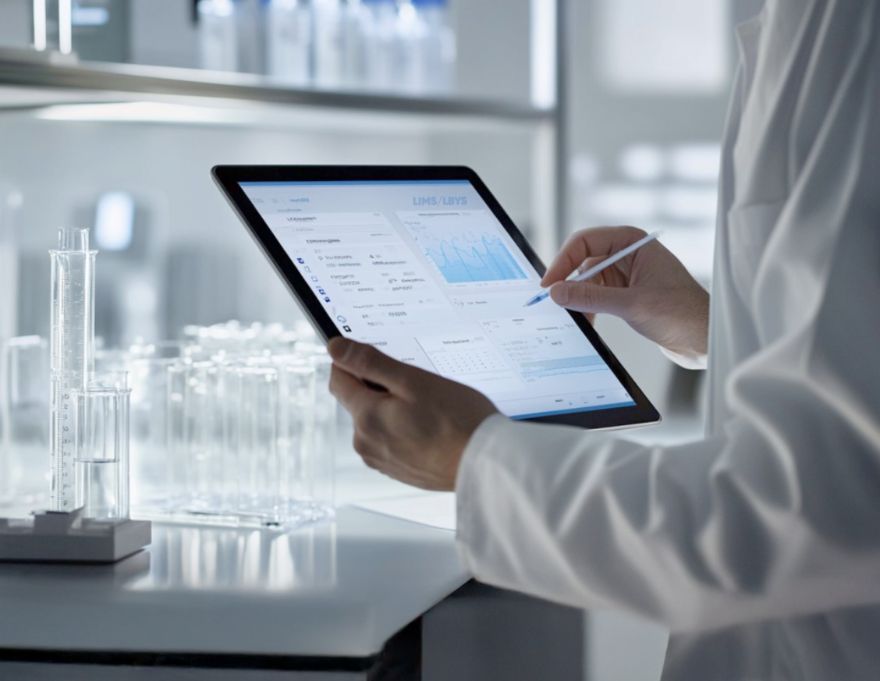
The Reporting and Data Analysis Module strengthens decision-making processes by transforming analysis results obtained in laboratories into meaningful data. Thanks to dynamic reports presented through graphs, tables and interactive panels, users can compare past data, perform trend analyses and effortlessly perform performance evaluations. In this way, it is possible to have a command of not only the results but also the entire process.
The module works in compliance with standards such as GLP, ISO 17025 and FDA 21 CFR Part 11. Automatic notifications are sent when critical threshold values are exceeded, and all data can be easily presented thanks to audit-ready report templates. Thanks to advanced analysis and visualization capabilities, laboratory data is not only tracked but also becomes a strategic decision tool.
